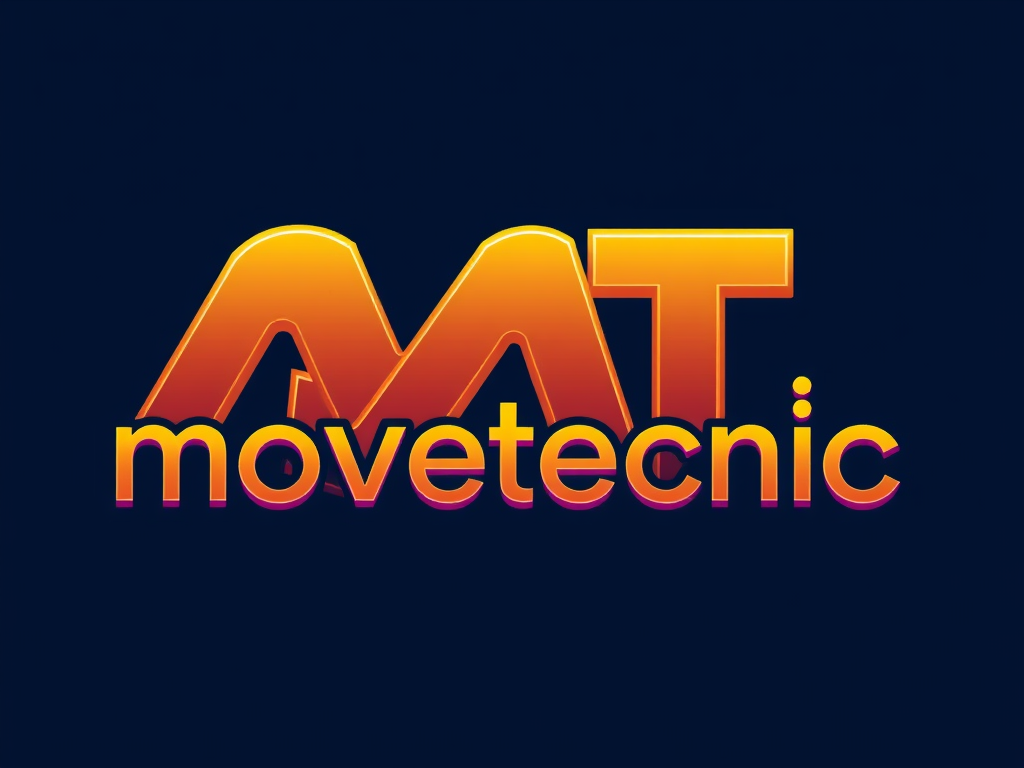Latest Breakthroughs in Advanced Computing Technologies
Quantum computing has recently reached pivotal milestones, notably achieving greater qubit stability and error correction. These advances push quantum computers closer to practical use, particularly in complex problem-solving tasks like cryptography and molecular simulations. For example, enhanced coherence times allow quantum processors to perform longer calculations, which is crucial for real-world applications.
In parallel, AI hardware continues to evolve with specialized chips designed to optimize machine learning workloads. These innovations include tensor processing units (TPUs) and neuromorphic chips that mimic brain-like architectures. Such specialized AI hardware greatly increases efficiency and reduces power consumption compared to traditional CPUs, accelerating data processing in real time.
Have you seen this : What keeps the uk computing sector thriving amid global tech hurdles?
Neuromorphic computing also saw notable progress, with devices now capable of more effectively mimicking neural networks’ sparse and event-driven activity. This approach enables low-energy computation suited to pattern recognition and sensory processing tasks, making it promising for edge AI applications.
Together, these advanced computing innovations are drastically expanding capabilities in both research and industry, bridging the gap between theoretical potential and practical implementation. Tracking these breakthroughs reveals a fast-evolving landscape where quantum computing and AI hardware lay the foundation for transformative technological leaps.
Also to see : Enhancing the uk’s tech landscape: collaborative computing as a catalyst for innovation
Industry Leaders and Pioneers Driving Technological Progress
Advanced computing industry leaders play a crucial role in shaping the future of technology. Major companies such as IBM, Google, and Intel are at the forefront of quantum computing and AI hardware development. These tech innovators invest heavily in research, pushing the boundaries of what quantum processors and specialized AI chips can achieve. Their work includes improving qubit coherence, enhancing chip efficiency, and designing innovative architectures like neuromorphic systems.
Influential researchers and engineers within academia and private sectors also drive this progress. Their expertise helps refine error correction techniques and develop new algorithms that maximize the potential of hardware advances. Collaboration is key: public-private partnerships link research institutions with industry leaders, accelerating innovation cycles and enabling resource sharing.
These collaborative efforts often focus on overcoming challenges such as scalability and power consumption. By pooling knowledge and funding, the advanced computing industry leaders create a dynamic ecosystem that propels technological breakthroughs. As a result, advances in quantum computing and AI hardware steadily move from theoretical concepts toward widely applicable solutions, establishing a foundation for future innovations.
Latest Breakthroughs in Advanced Computing Technologies
Quantum computing breakthroughs focus on enhancing qubit stability and coherence, enabling longer, more reliable computations. Improved error correction mechanisms reduce noise and decoherence, a significant barrier to practical quantum applications. These advances directly impact fields requiring complex calculations, such as cryptography and drug discovery, by vastly increasing computational power and speed.
In the realm of AI hardware, innovations concentrate on specialized architectures like tensor processing units (TPUs) and neuromorphic chips. TPUs accelerate deep learning tasks by optimizing matrix computations, while neuromorphic designs emulate brain-like synaptic functions for energy-efficient processing. These specialized chips outperform traditional CPUs in speed and power consumption, making real-time AI applications feasible on smaller devices.
Neuromorphic computing has experienced progress with devices that better replicate sparse neural firing patterns, crucial for low-energy sensory data processing. Such neuromorphic systems enable edge AI applications, where processing happens locally on devices, reducing latency and dependence on cloud connectivity. Together, these advanced computing innovations create powerful synergies, driving both research capabilities and industrial deployments forward with greater efficiency and scalability.
Latest Breakthroughs in Advanced Computing Technologies
Recent advances in quantum computing center on improving qubit coherence and implementing sophisticated error correction protocols. These developments extend the duration and reliability of quantum calculations, directly enhancing their applicability in areas demanding high computational power. For instance, better coherence times mitigate qubit decoherence, a key limitation previously restricting practical quantum tasks.
Regarding AI hardware, major strides involve the creation of specialized chips such as tensor processing units (TPUs) and neuromorphic processors. TPUs optimize matrix operations crucial for deep learning, significantly speeding up model training and inference. Neuromorphic chips, designed to replicate neural spike-based activity, offer an energy-efficient alternative ideally suited for sensory data interpretation and event-driven computation.
Neuromorphic computing has made notable progress by refining architectures that mimic sparse neural firing patterns, critical for lowering energy consumption in edge AI implementations. These advanced computing innovations are not isolated; combining quantum computing’s unparalleled processing capabilities with the specialized efficiency of AI hardware crafts a more versatile, scalable computing paradigm. This synergy enables more nuanced problem-solving across industries, reducing latency and power needs while expanding computational reach.
Together, these breakthroughs solidify a path toward practical, high-performance computing capable of addressing tomorrow’s most complex challenges.
